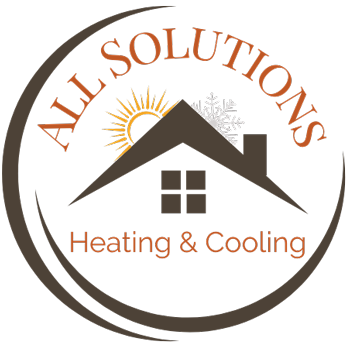
We spend a good majority of our time in our homes. In reality, the Environmental Protection Agency (EPA) has determined being within a building accounts for 90% of our time. Although, the EPA also says your indoor air can be three to five times dirtier than outdoors.
That’s due to the fact our homes are tightly sealed to increase energy efficiency. While this is great for your utility bills, it’s not so fantastic if you’re among the 40% of the population with respiratory allergies.
When outdoor ventilation is insufficient, pollutants including dust and volatile organic compounds (VOCs) may get trapped. Consequently, these pollutants might worsen your allergies.
You can enhance your indoor air quality with clean air and regular cleaning and vacuuming. But if you’re still struggling with symptoms during the time you’re at your house, an air purifier may be able to help.
While it can’t remove pollutants that have landed on your furnishings or carpeting, it may help freshen the air moving throughout your home.
And air purification has also been scientifically proven to help lower some allergic symptoms, according to the American College of Allergy, Asthma and Immunology. It could also be appropriate if you or a loved one has lung issues, including emphysema or COPD.
There are two models, a portable air purifier or a whole-home air purifier. We’ll examine the differences so you can figure out what’s right for your residence.
Whole-House Air Purifier vs. Portable Air Purifiers
A portable air purifier is for a lone room. A whole-house air purifier accompanies your heating and cooling equipment to purify your full home. Some models can work independent when your home comfort equipment isn’t operating.
What’s the Best Air Purifier for Allergies?
Look for a model with a High Efficiency Particulate Air (HEPA) filter. HEPA filters are placed in hospitals and deliver the most comprehensive filtration you can buy, as they eliminate 99.97% of particles in the air.
HEPA filters are even more beneficial when combined with an ultraviolet (UV) germicidal light. This powerful combination can eliminate dust, dander, pollen and mold, all of which are common allergens. For the best in air purification, think over a unit that also has a carbon-based filter to decrease household odors.
Avoid buying an air purifier that creates ozone, which is the top component in smog. The EPA warns ozone could irritate respiratory problems, even when emitted at small concentrations.
The Allergy and Asthma Foundation of America has made a listing of questions to ask when buying an air purifier.
- What can this purifier take out from the air? What doesn’t it extract?
- What’s its clean air delivery rate? (A better number means air will be freshened more rapidly.)
- How frequently does the filter or UV bulb need to be switched]? Can I complete that by myself?
- How much do new filters or bulbs cost?
How to Lessen Seasonal Allergy Symptoms
Want to have the {top|most excellent|best] outcome from your new air purification equipment? The Mayo Clinic recommends doing other measures to reduce your exposure to problems that can cause seasonal allergies.
- Stay indoors and keep windows and doors sealed when pollen counts are heightened.
- Have someone else mow the lawn or pull weeds, since these jobs can aggravate symptoms. If you are required to do these chores yourself, you may want to consider trying a pollen mask. You should also shower right away and put on new clothes once you’re completed.
- Avoid drying laundry outdoors.
- Run air conditioning while indoors or while you’re on the road. Consider installing a high efficiency air filter in your house’s heating and cooling equipment.
- Balance your house’s humidity percentage with a whole-house dehumidifier.
- Hardwood, tile or linoleum are the best flooring kinds for lowering indoor allergens. If your house has carpet, install a HEPA filter on your vacuum cleaner.
Let Our Specialists Manage Your Indoor Air Quality Necessities
Prepared to progress with adding a whole-house air purifier? Give our experts a call at 971-245-2459 or contact us online to request an appointment. We’ll help you find the right unit for your house and budget.



